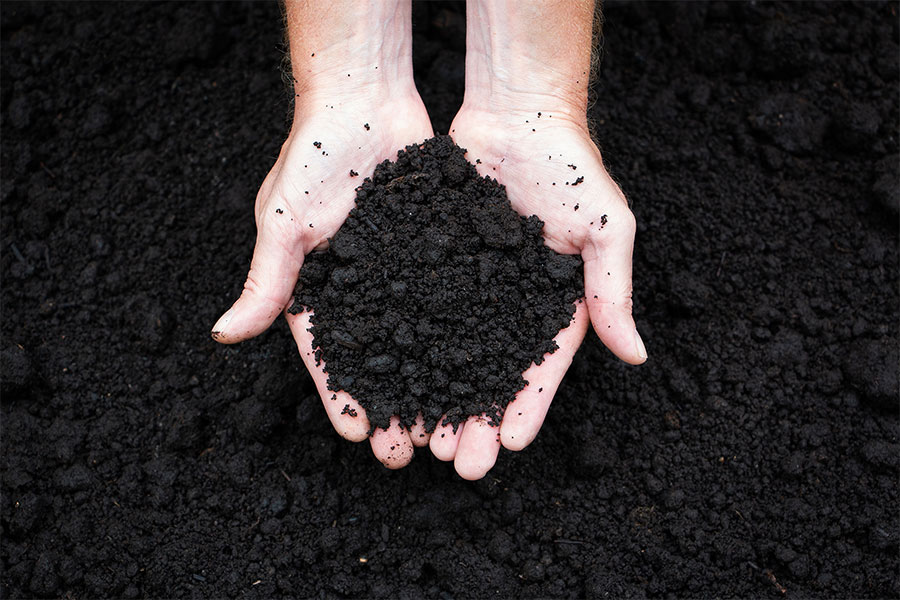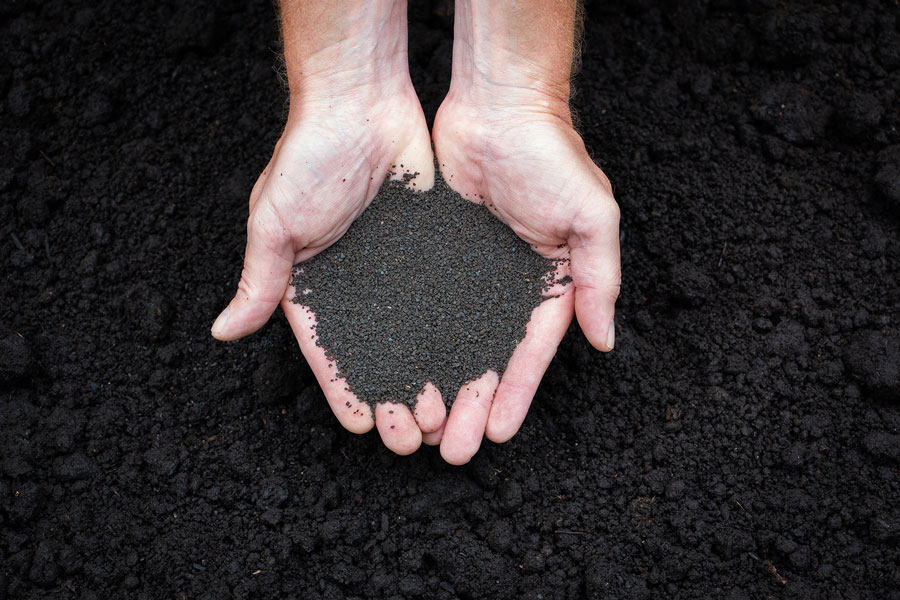




Stormwater Treatment Made Simple
Clean water is essential to healthy ecosystems. The TurnAbout addresses complex stormwater challenges, turning commercial and industrial buildings into part of the solution for a brighter future.
The stormwater that flows off commercial buildings often carries a significant load of dissolved zinc and copper. After it rains, these metals flow into waterways, which is harmful to the environment. When your stormwater treatment plan calls for roof runoff remediation, the TurnAbout® Upflow Downspout Filter™ (UDF) is a natural solution. The TurnAbout UDF makes zinc removal simple and transforms commercial buildings into part of the solution. Protecting the environment has never been easier. The TurnAbout UDF treats industrial water runoff with all-natural, responsibly sourced peat.
Our partner, Headwater Technologies, is the exclusive distributor of the TurnAbout UDF. Headwater Technologies is a team of water treatment professionals committed to providing the most effective solution for each situation.
The TurnAbout UDF provides the following benefits:
EASY INSTALLATION When your TurnAbout arrives, it’s fully loaded with APT’s APTIVATOR peat-based sorption media. Installation is simple: connect it to your downspout collection system, and it’s ready to collect and treat runoff water at the next storm event.
HIGH ADAPTABILITY The TurnAbout’s compact size packs a lot of treatment capacity into a small footprint. The unit can be customized with right, left and rear outlets.
ECONOMICAL The TurnAbout treats at the source and can eliminate the need for expensive and complicated end-of-pipe systems. In the Pacific Northwest, one device can treat almost 22,000 ft2 of roof.
MADE IN THE USA The TurnAbout is an American-made product. Some components are sourced internationally, but the assembly is carried out in central Minnesota.
TRANSFORM YOUR WATER TREATMENT STRATEGY

The APT TurnAbout simplifies water treatment. This easy-to-use, economical solution uses natural peat to remove metals like zinc and copper that are concentrated in roof runoff. Using an innovative upflow design, the TurnAbout removes both solids and sediments in one attractive, efficient unit. Meeting water quality regulations and ensuring clean water returns to the environment has never been easier.
Easy to install
When your TurnAbout arrives, it’s fully loaded with APT’s APTIVATOR peat-based sorption media. Installation is simple: connect it to your downspout collection system, and it’s ready to collect and treat runoff water at the next storm event.
Highly adaptable
The TurnAbout’s compact size packs a lot of treatment capacity into a small footprint. The unit can be customized with right, left and rear outlets.
Economical
The TurnAbout treats at the source and can eliminate the need for expensive and complicated end-of-pipe systems. In the Pacific Northwest, one device can treat almost 22,000 ft2 of roof. And in most instances, it only requires maintenance every six months. On-site maintenance is as easy as opening the top and removing large debris from the inlet chamber.
Made in the USA
The TurnAbout is an American-made product. Some components are sourced internationally, but the assembly is carried out in central Minnesota. It is powered by all-natural peat treatment media, APTIVATOR, that is a green alternative to petroleum-based resins. The peat used in the manufacture of APITVATOR is responsibly sourced under a state-issued permit and the manufacturing process uses Earth-friendly biomass energy whenever possible. You can feel good about using the TurnAbout in your stormwater treatment system.
The TurnAbout is designed to treat 22 GPM before going into bypass mode or, depending on storm parameters, up to 0.5 acre of roof surface area. Multiple units can be plumbed into a distribution manifold to treat greater surface areas.
The unit contains enough APTIVATOR media to capture over 2 pounds of zinc and copper between maintenance cycles. APTIVATOR is a sorption media, which means that the dissolved metals are firmly attached to the surface of the media. The metals will not be desorbed in normal operations.
The interior inlet chamber captures large debris, while smaller particulates are directed to the bottom of the distribution manifold. Sediment and fine solids that can plug other kinds of downspout filters are sequestered below the media and cannot plug the active treatment bed.
The TurnAbout footprint is about 15 ft2 (50” x 44”) and the unit is 51” tall. Forklift pockets allow for safe and easy positioning. The fully loaded unit, less water, weighs about 1300 pounds.
The TurnAbout is designed to provide months of consistent performance with minimal maintenance. The unit’s straightforward design means the site owner can perform periodic maintenance to manage large debris that will find its way into the inlet chamber. Simply remove the lid to pull out the filter fabric, wash or brush off, and replace.
Over time, smaller particulates will accumulate in the distribution manifold. Those fine sediments are removed during regular scheduled maintenance. For most users, a 6-month maintenance cycle will be sufficient for media change-out and to maintain the unit’s hydraulic characteristics.
At each maintenance event, the spent media will be vacuumed out of the TurnAbout with a vac truck. The vac truck will also clean the bottom distribution manifold of fine sediments. The unit will be inspected for wear and breaks, and new APTIVATOR media will be installed.
Maintenance can be performed by the site owner or by a stormwater professional. Each 6-month maintenance event takes about an hour of time.
As with all treatment products, disposal of spent media must comply with local laws and regulations regarding potentially hazardous materials. For most applications, the spent APTIVATOR media will need to be tested to determine if the loaded metals and other contaminants are readily leached off the media. For many disposal sites, a test such as EPA’s 1311 Toxicity Characteristic Leaching Procedure (TCLP) will be required.
Because APTIVATOR is a sorption media that captures dissolved metals using chemical bonds, the metals are usually tightly bonded to the media surface and are not easily leached. For many applications, the spent media does not meet the definition of hazardous waste. If you have additional questions about disposal, contact us to talk to one of our experts.









